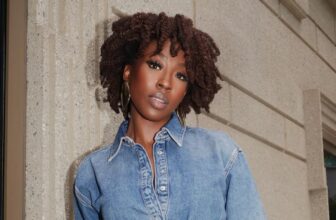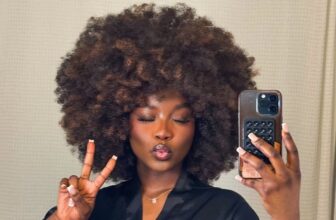How To Effectively Treat Your Pattern Baldness
A fear for many women, young and old, is excessive hair thinning and balding. For many women, however, this fear is a reality. This article will outline the main cause of female pattern baldness, as well as steps you can take to address it. You’ll learn advanced techniques for improving your scalp and hair health that you can begin to use right away.
If you’re ready to learn how to put an end to your hair loss now, then read on.
What Causes Female Pattern Baldness?
From illness to medication to hormonal imbalance, it seems there are many reasons that a woman may be facing hair thinning and baldness. But the most common cause of female pattern baldness is the condition known as Androgenetic Alopecia (AGA).
The exact cause of AGA is unknown, though there are a few theories. The most widely-believed theory is that of androgen hormone sensitivity. More specifically, the androgen Dihydrotestosterone (DHT).
So, what’s the science behind the theory?
A more recently suggested theory is that of scalp tension. As the theory suggests, scalp tension occurs as a result of “pubertal and post-pubertal skull bone growth and/or the overdevelopment and chronic contraction of muscles connected to the GA.”
The scalp tension theory does answer a lot of questions that the DHT theory seems to ignore. There is still much room for research on the topic, however.
What You Can Do to Combat Female Pattern Baldness
Even if we don’t know the exact cause of female pattern baldness, it’s still possible to treat it. How? Let’s look at some of the proven methods below.
Consider Rogaine
There are plenty of hair loss “cures” on the market that claims to stop hair loss and even reverse balding. But many of these have been unproven. One product on the market that’s been thoroughly researched, though, is Rogaine.
Rogaine is a topical FDA-approved medication that’s often recommended to men and women alike who suffer from hair thinning and balding.
Its mechanism isn’t fully understood, though the drug is believed to increase blood flow to the scalp and make it possible for the hair follicles to thrive in a hostile environment.
This drug differs from the only other FDA-approved hair loss drug on the market, Propecia, in that it is available over-the-counter AND it can be used by women.
Rogaine isn’t an option I recommend for everyone, but it may be a great place to start.
Change Your Diet
Your diet can have a significant impact on your overall health and even your hair. That’s why I highly recommend you reevaluate your current dietary choices. What changes should you consider then?
The most obvious changes to make include reducing sugar intake, lowering carb intake, and increasing your intake of fiber.
If you have any known sensitivities, such as dairy or gluten, then it’s best to remove those from your diet as well.
So, what should you eat?
- Lean meats (e.g. chicken, fish)
- Whole grains (e.g. brown rice, bulgur, quinoa)
- Dark, leafy greens (e.g. spinach, arugula, kale)
- Nuts and seeds (e.g. almonds, pumpkin seeds, sunflower seeds)
- Non-meat proteins (e.g. lentils, beans)
A balance of these foods will contribute the necessary vitamins and nutrients to your diet so you can be sure you’re hitting all of your daily needs. This will go a long way in supporting healthy hair growth.
Practice Scalp Massage
If you want to continue on the path of natural hair growth techniques, then scalp massage is for you.
Scalp massage is a technique that helps to reduce tension. It also increases blood flow to the immediate area, and it may even breakdown scalp calcification.
Scalp massage has even been proven to increase hair thickness in men with pattern baldness. Men aren’t the only ones to benefit from scalp massage, though. A more recent study, published in 2019, suggests that women can benefit from the same technique.
How to Perform Scalp Massage
Place your hands on either side of your scalp just above the ears. Using your fingertips, begin to move in slow, circular motions.
Slowly move towards the front of the scalp, first at the temples, and then at the forehead. Your hands will meet in the middle, and then you can return to the sides of your scalp all the while continuing your slow, circular movements.
Next move up to the crown. As women tend to experience the most balding here, it’s recommended that you spend a bit more time here than in other areas.
Last you’ll move to the base of the scalp. Here you can also massage your neck muscles to reduce any scalp tension that may be a result of physical stress on the back and neck.
Do you want to increase the efficacy of your scalp massage sessions?
You can always add in natural scalp treatments, such as those produced by Hairguard. These provide an extra boost to your routine without taking any additional time.
Conclusion
Female pattern baldness is a condition faced by millions of women worldwide. And while it may seem that most treatments are geared toward men, there are many options for women as well.
You don’t need to be in the later stages of female pattern baldness to begin treatment. In fact, the sooner you can start, the better.
Do you have any questions about the information shared above, or do you want to share your own experience? Be sure to leave a comment below.






